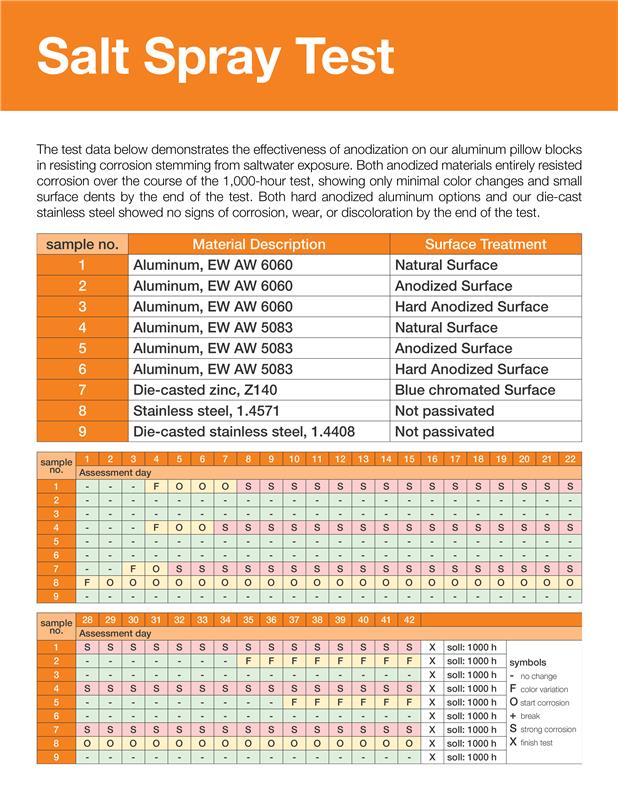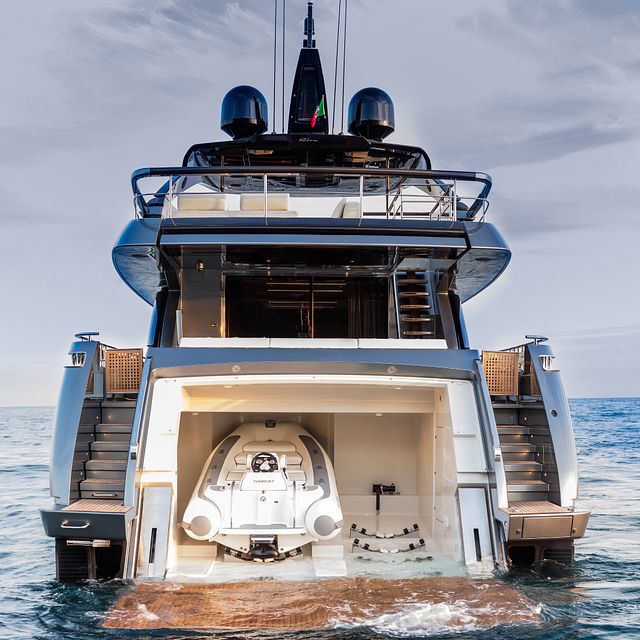Simulating subsea conditions with igus® energy chains
Sailing into open water is not the only way to observe ocean depths of more than 20,000 feet.
Hyperbaric testing simulates deep-water conditions, and effectively assesses subsea equipment with hydraulic and electrical components at depth. Master Flo Valve Inc. is home to one of the largest custom-built hyperbaric test systems in the U.S. The system simulates sea water pressures equivalent to 23,000 feet below sea level (10,000 PSI/690 bar) and temperatures below freezing.
“There are not many systems like this in the world,” said Frank Koeck, General Manager of Master Flo USA. “Master Flo has one of the biggest size and pressure rating combinations.”
The Master Flo system is most often used by the oil industry for subsea equipment that needs to be tested in conditions similar to those which it will be installed. Other industries have also expressed interest.
“All major subsea operators have equipment that has been hyperbarically tested,” said Koeck. “But there’s also submarine equipment, buoy systems—many different businesses can use this.”
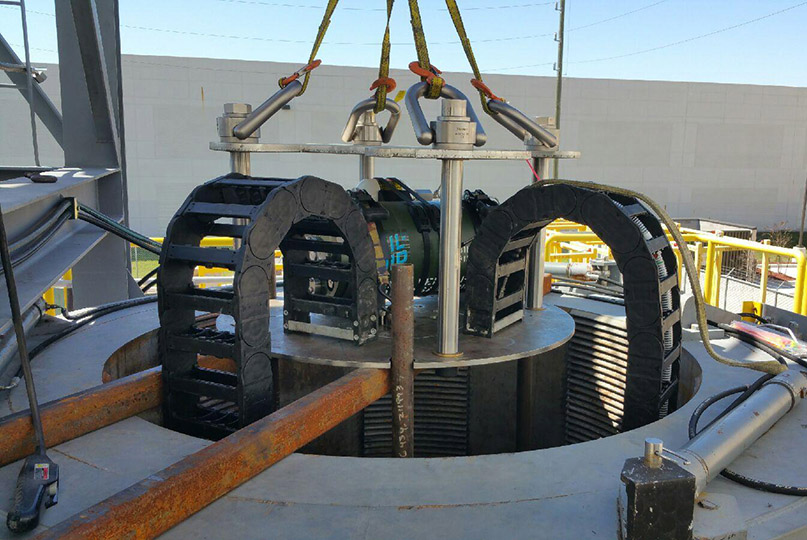 The test chamber can handle subsea equipment up to four tons, five feet wide and eight feet long. Test pieces are automatically guided into the chamber, and the chamber is closed and filled with a fluid to simulate sea water immersion. Environmental conditions in the chamber are regulated from inside a control room, and various hydraulic and electrical control options are available.
The test chamber can handle subsea equipment up to four tons, five feet wide and eight feet long. Test pieces are automatically guided into the chamber, and the chamber is closed and filled with a fluid to simulate sea water immersion. Environmental conditions in the chamber are regulated from inside a control room, and various hydraulic and electrical control options are available.
Since the Master Flo chamber is such a confined and potentially dangerous space, personnel cannot go inside of the vessel for equipment preparation or setup. Thus, test pieces are connected with electrical cables and hyrdaulic hoses, and are then loaded into the bottom of the vessel with electrical cables. Simply dropping the connected cables and hoses into the chamber, however, can cause them to dangle or become damaged. A cable management system was required to prevent this from happening.
“My immediate thought was to use igus energy chains,” said Srikanth Ramasubramanian, president of engineering services and technology development firm Ormond Energy Innovations Inc., which was contracted by Master Flo to design, engineer and execute the system. “Having previous experience with igus cable carriers, I knew the solutions would be reliable.”
Two E4-56 energy chains are used in the system to manage electrical and hydraulic service lines respectively. There are a range of benefits of the E4-56 series, including low-noise operation, enhanced tensile strength and high fill weight. For Ramasubramanian, the modularity and durability of the energy chain was key.
“The modular and customizable nature of the e-chain is a huge advantage because you can adjust the length by removing or adding links,” he said. “The durability and material compatibility with its environment is also beneficial. You don’t always get this with other cable trays.”
The detachable crossbars on the e-chain® are useful if cables or hoses require removal for maintenance, as the whole cable tray won’t have to be removed. Master Flo has not had to reap this benefit—ever since the energy chain® was implemented, there has been no cable damage.
“With the e-chain, everything has stayed in place and has functioned as it should,” Koeck said.
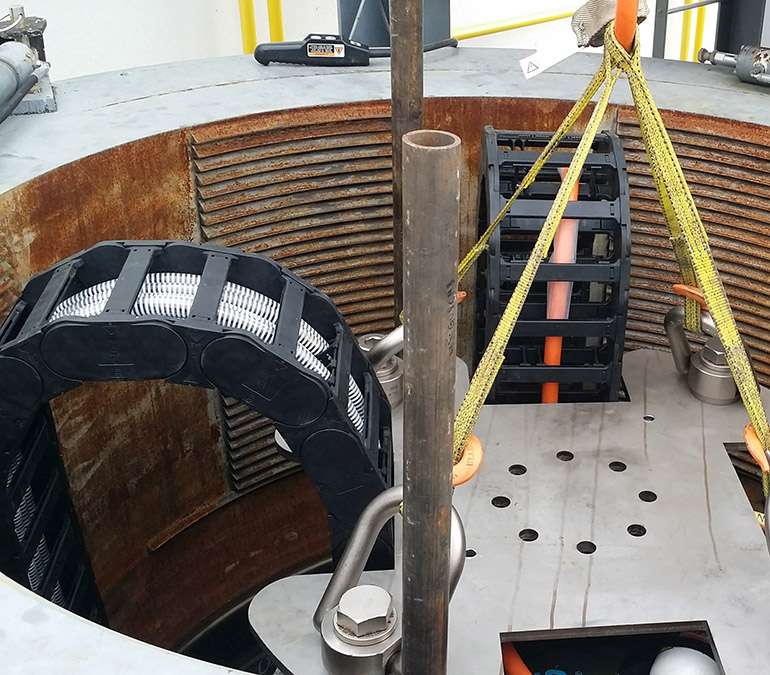 | 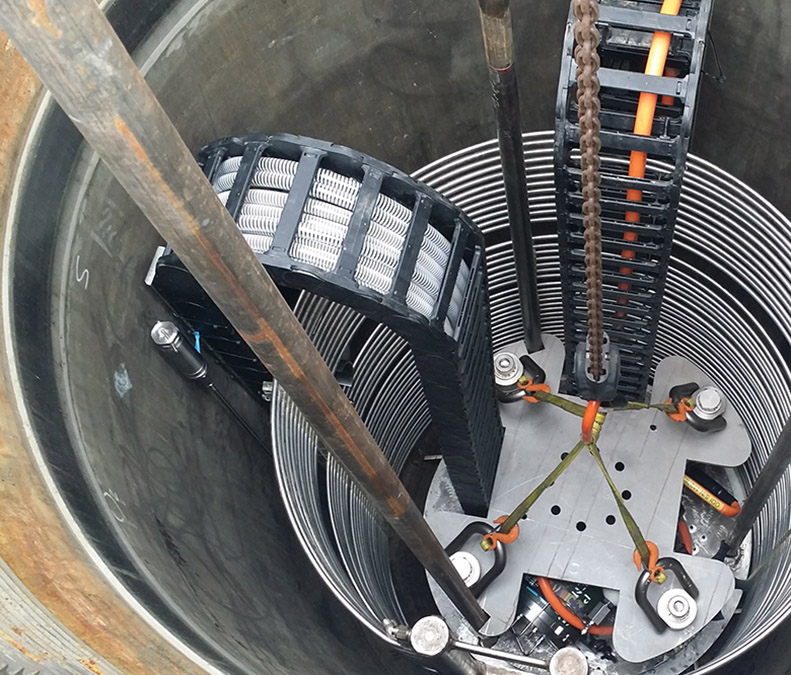 |
The Master Flo system has saved huge costs for customers. Hyperbaric testing reduces risks associated with product qualification, thus providing greater value for clients. It also requires significantly lower costs than conducting sea tests.
If testing were done out at sea, the costs to travel, effectively collect data and potentially retrieve equipment if something went wrong would be huge.
“Cost is the primary driver for using the system, as well as practicality,” Koeck said. “Do you want to go through the complicated process of a sea test or just pop the lid off a hyperbaric chamber?”
With use of the e-chain®, waiting time is decreased, which is another big cost benefit. If Master Flo had to individually manage cables and hoses while lowering components into the chamber, there would be significant delays. Longer times spent on testing would lead to customers having to spend more for that time.
“The system gives customers a direct benefit of cost, service and back to back testing,” Koeck said. “In this industry, everything is about timing, and the e-chain helps us manage it.”
Ramasubramanian said the energy chain has remained durable and reliable through its year in operation in the system. He said everything from the responsiveness and support of the igus® sales engineers to the optimal cable and hose protection made this project a positive experience.
“I’m happy with the end result,” Ramasubramanian said. “The energy chain was really a key component for making the system as efficient as it could be.”

